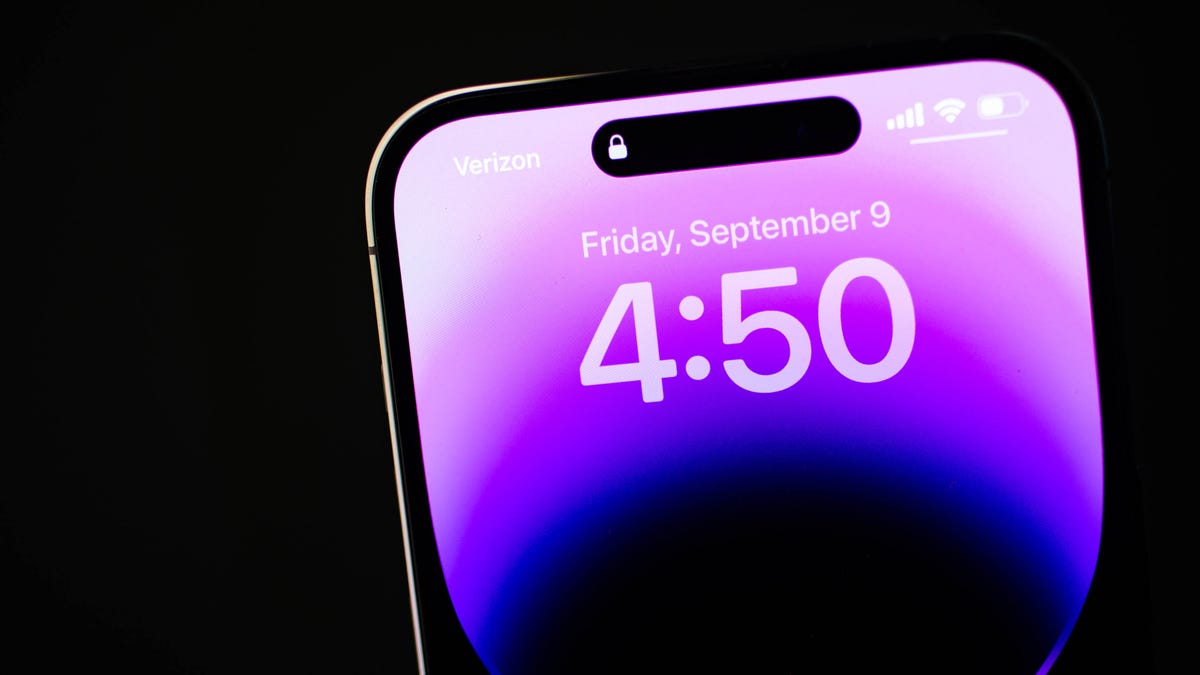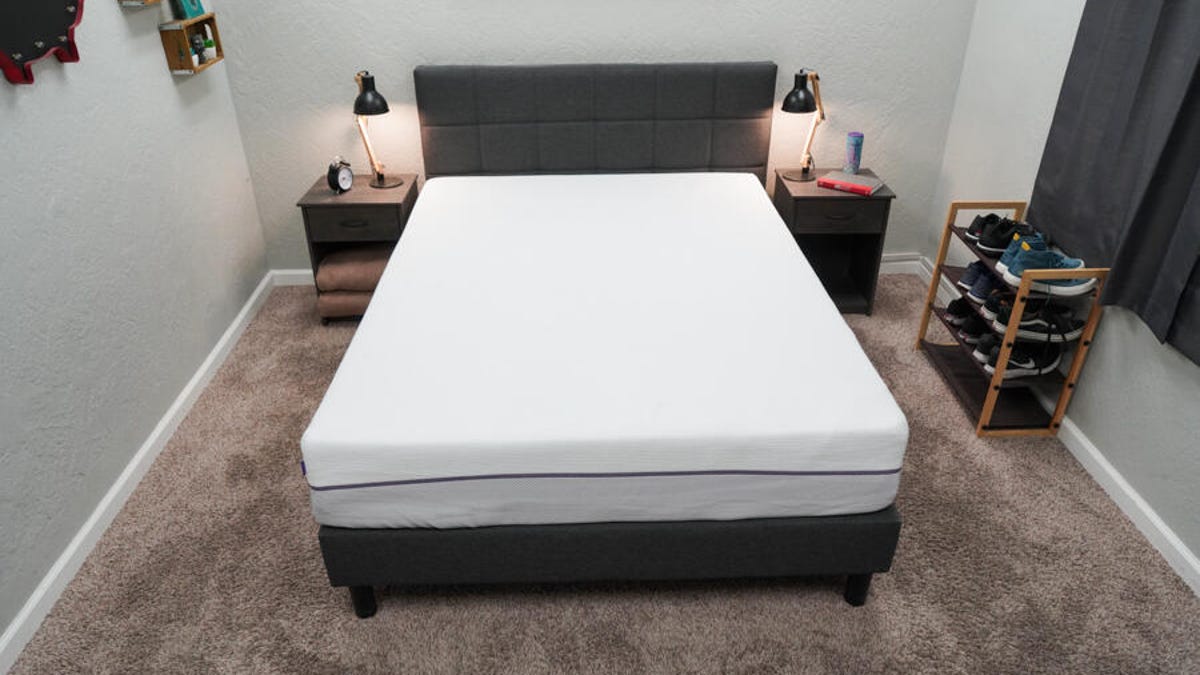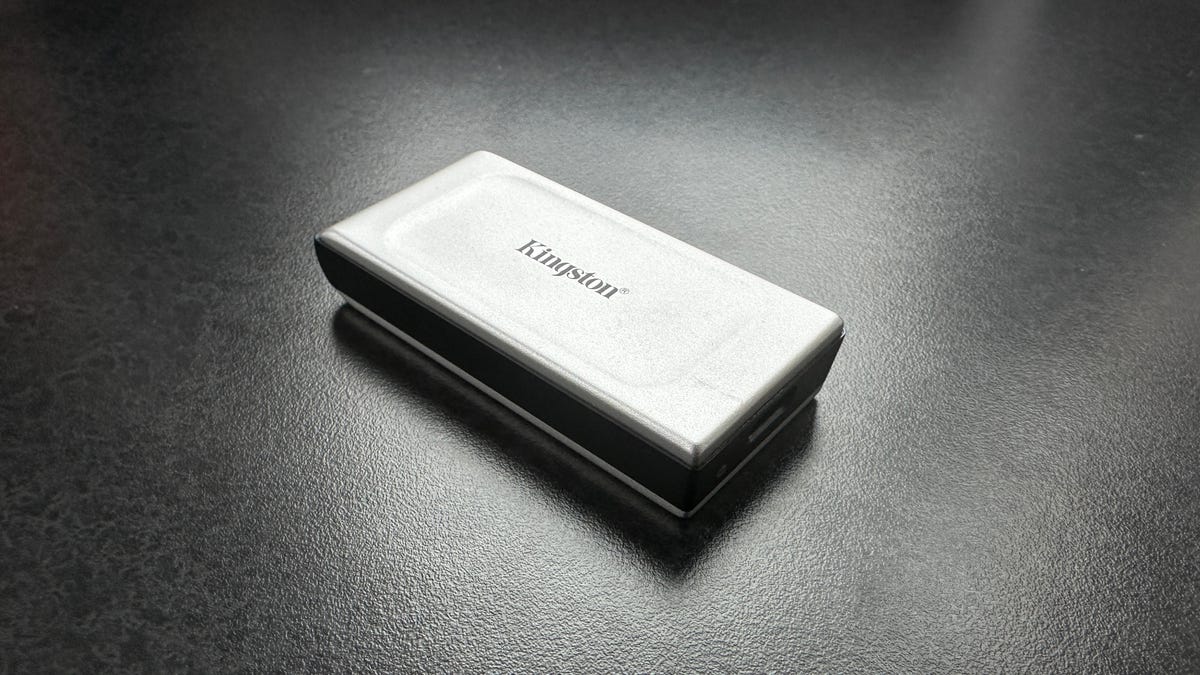I Hope the iPhone 15 Ultra Is Real and Revives This Pixel 3 XL Feature

Though I currently own an iPhone, I often miss the Pixel 3 XL I used as my personal phone for nearly three years. If it wasn’t for Google’s three-year security update timeline expiring in 2021, I’d probably still be using it.
I adored its gorgeous 6.3-inch display, fantastic camera quality, innovative-for-2018 Night Sight mode for lowlight photography, and phone call enhancements like Hold for Me. Newer Pixel phones have kept most of these, but one of my favorite features has been absent since the Pixel 4 came out: I sorely miss having dual front-facing cameras.
Google’s Pixel 3 XL featured two 8-megapixel cameras placed in its screen notch, including both wide and ultrawide lenses. This allowed for expansive selfie photos that could include large groups of people or give a better look at surrounding scenery. When you didn’t need that wider view, the main camera could focus on getting lots of detail.
The Pixel 3 XL included two front-facing cameras inside its notch.
The wider look at the world around me, combined with the Pixel’s great processing software, made for wonderful travel photos filled with detail. These photos rival images from front-facing cameras on newer phones, despite having been taken three or four years ago.
Google stopped including a second front-facing camera starting with the Pixel 4, and the last time Samsung included one was with the Samsung Galaxy S10 Plus. Many phones now use a single ultrawide camera for selfies and video chats, and will crop into the image by default to avoid the fishbowl-like effect the lens creates on the perimeter of a wider image. While it serves a similar function, it simply doesn’t provide the same level of detail as having a dedicated lens for both wide and ultrawide photos.
But the wide-angle lens could be making a comeback, as it’s rumored to be included with Apple’s highest-end iPhone that might debut at the company’s Sept. 12 Wonderlust event. And if it is coming back, what took so long?!
Apple’s upcoming Sept. 12 Wonderlust event might bring a new higher-end iPhone 15 Ultra, some rumors say.
Could the iPhone 15 Ultra include a dual front-facing camera?
It didn’t take long after the debut of the iPhone 14 for rumors about an iPhone with a dual front-facing camera to hit the internet, especially after the iPhone 14 Pro debuted the Dynamic Island, which these cameras could fit within.
As reported by AppleInsider and Tom’s Guide last year, leaker MajinBu posted the first rumors that an iPhone 15 Ultra model could include dual front-facing cameras, USB-C and a starting storage capacity of 256GB. Over on the rear camera side, tipster Revengus said an iPhone 15 Ultra’s rear camera could be a telephoto camera with a variable zoom lens, like the one found on the Sony Xperia 1 V and that’s also rumored for the Samsung Galaxy S24 Ultra.
This Ultra line would be a tier above the existing Pro models, which would continue having one front-facing camera and start at 128GB of storage. Rumors collected by TechRadar point to the possibility of an iPhone 15 Ultra starting at $1,299, should the model exist.
However, as much as I want to see dual front-facing cameras in an iPhone, there haven’t been a lot of additional rumors lately pointing to an Ultra version of the iPhone 15. Most recent rumors have focused on how the Dynamic Island is presumed to come to every iPhone 15 model, the addition of USB-C connectivity, an Action button on the Pro models, and faster wireless charging over the Qi2 standard.
All four models of the iPhone 14 have a single 12-megapixel front-facing camera.
What are the benefits of having a dedicated wide-angle selfie camera?
Even though the iPhone 14 line still has a screen cutout, all the models have a single 12-megapixel front-facing camera. Apple has put a lot of effort into getting the most out of what this camera can do, including a faster f1.9 lens that now has autofocus. You can expand your photo framing, but as mentioned earlier, Apple uses the practice of digitally cropping in with the single ultrawide lens, rather than starting with a separate main lens. Apple’s Photonic Engine image processing pipeline also helps improve image quality.
But since Apple likely plans to continue having a screen cutout on the iPhone 15 to support the Dynamic Island’s features and Face ID, I can’t help but think it’d be perfect to eventually get a second camera into that space for even better photos.
A selfie at New York’s Yankee Stadium, using the Pixel 3 XL.
Many of my favorite self-taken photos on the Pixel 3 XL were able to include so much extra scenery by kicking in that ultrawide lens. It’s worth noting that photos that use the lens have a slight distortion along the edges, but Google’s photo processing software did a lot to smooth it out while also punching up the color.
In these vertically oriented selfie photos (left at MoMa PS1 in New York and right at Disney World’s Animal Kingdom in Orlando), the Pixel 3 XL’s main camera could focus on getting as much detail as possible. More recent phones use a single ultrawide lens as a selfie camera, and digitally crop in by default.
During a visit to a New York Yankees game, switching to the ultrawide lens helped me get the panorama of Yankee Stadium into the background as I walked about during a game. Photos that didn’t need the ultrawide lens also benefited, since by using the main lens there wasn’t a need to crop in by default.
This group photo, taken by former CNET Senior Editor Lynn La while she was reviewing the Pixel 3, shows the difference between the main front-facing camera and the ultrawide front-facing camera.
And even just a simple group shot could benefit from the wide-angle lens, something my former CNET colleague Lynn La found during her Pixel 3 review. She took two examples of group shots, one with the standard lens and another using the wide-angle lens, and the wide-angle shot fit more people into the frame.
From left: The Galaxy Z Flip 4, Galaxy Z Flip 5 and Motorola Razr Plus.
Dual-selfie cameras are making a different kind of comeback
A dedicated ultrawide-angle lens for the front-facing camera seems so obviously useful that I’m surprised more major manufacturers don’t include them on traditional phones. However, foldable phones may become the new way to get these benefits.
Both the Samsung Galaxy Z Flip 5 and the Motorola Razr Plus will let you take selfie photos with the dual main cameras, thanks to having them conveniently available while the phones are closed. Though you could use the Galaxy Z Flip 3 and 4’s cover screen as a viewfinder, the larger cover screen on the Z Flip 5 and Razr Plus makes framing these photos substantially easier.
The Razr Plus includes a 12-megapixel main camera alongside a 13-megapixel ultrawide camera, while the Z Flip 5 includes 12-megapixel main and ultrawide cameras. And though this is a great way to take better selfie photos, the phones are more expensive because they fold in half. Consider how Motorola’s Edge Plus and the Samsung Galaxy S23 each sport a 50-megapixel main camera for a comparatively less expensive $800.
Regardless of whether any iPhone 15 model gets a dual-selfie camera system, photography is nearly always a highlight at Apple’s iPhone events. Will the rumor about the dual-selfie camera prove to be true? Will a periscope-style lens on the main camera actually be a thing? We’ll find out more at Apple’s Sept. 12 “Wonderlust” event.
Source: CNET















